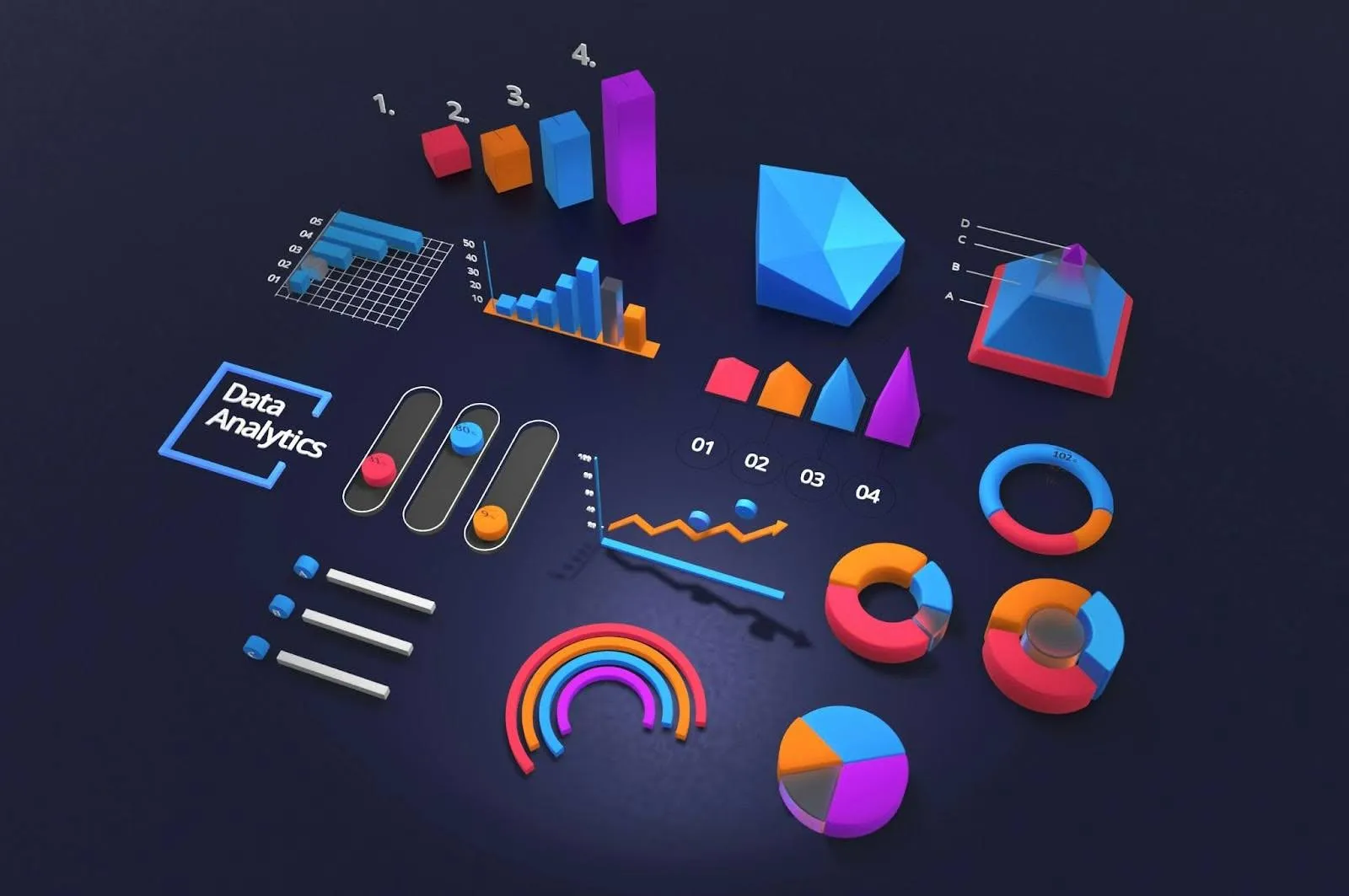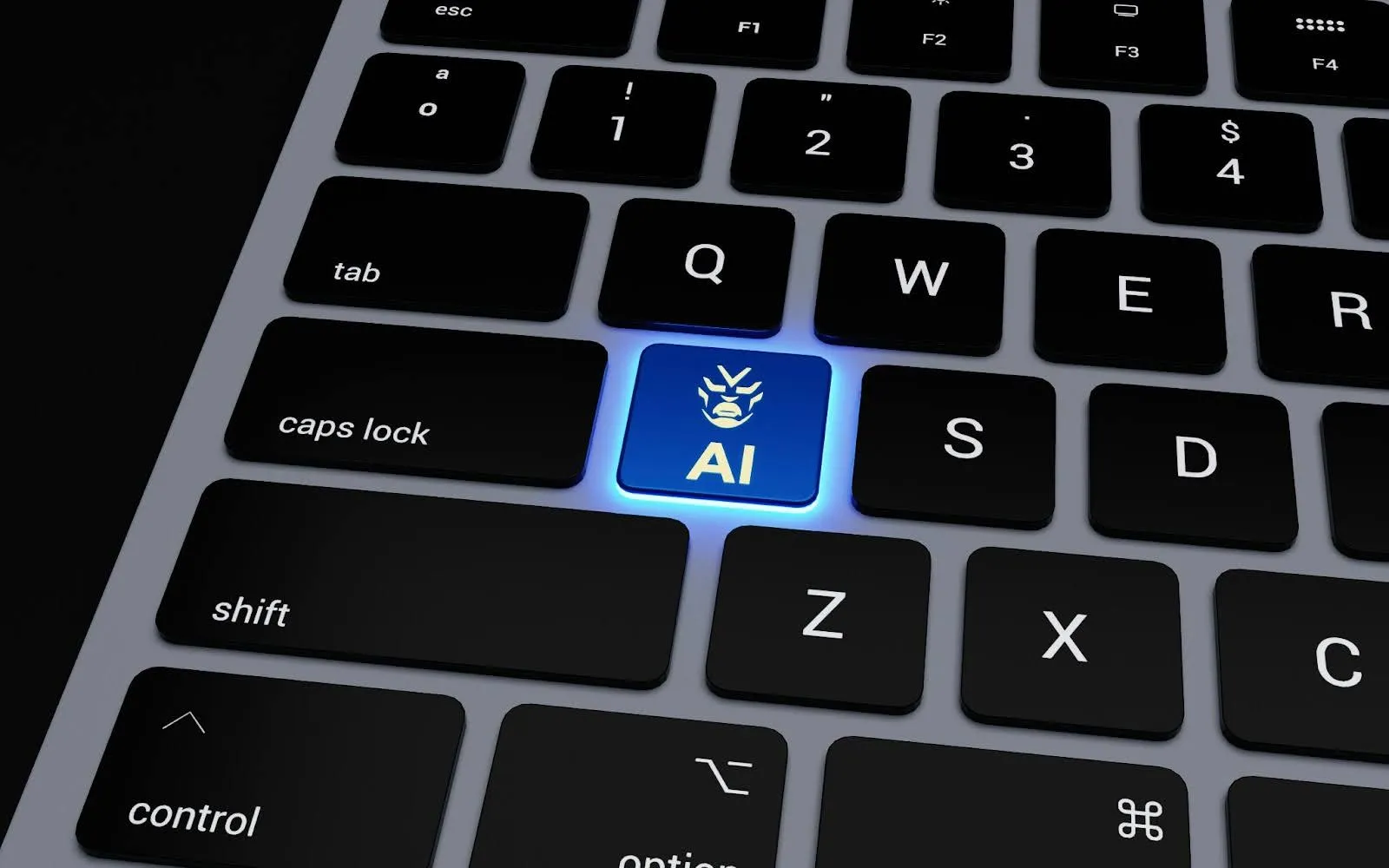How Can Workforce Analytics Help Improve Your Organization?

Data has become central to all business decisions – even those surrounding your workforce. Workforce analytics is a significant tool that uses data to help you understand and improve employee-related processes, and it’s becoming crucial for companies who want to stay ahead.
With workforce analytics, businesses gain insights into aspects of business, including performance trends, operational efficiency, and employee behavior. They can also use this to make decisions that enhance productivity and reduce turnover.
In this article, we’ll explore how workforce analytics can transform an organization. So, whether you’re looking to streamline HR processes or stay ahead of the competition, you’ll understand how workforce analytics can work in your favor.
Understanding Workforce Analytics
So, what is workforce analytics? Essentially, this is the systematic use of data and analytical methods that help us understand, manage, and improve processes and outcomes linked to the business workforce.
For the process, data is gathered from a range of sources (performance metrics, turnover rates, and engagement surveys are examples). With the data to hand, advanced analytical techniques are used to uncover any data trends or patterns.
Businesses can then use this to make better decisions about their human resources while improving their employees’ experience. Finally, workforce analytics allows organizations to make sure their workforce strategies and business objectives are aligned.

There are several components to workforce analytics. These include:
- Data collection: Data is collected from a range of sources like HR systems, payroll records, and employee feedback.
- Data integration: Data is combined from different systems to create a comprehensive view of the workforce. They may involve technologies like Reverse ETL to transfer data from various platforms to a centralized system. For those wondering, “What is a Reverse ETL?” ETL stands for Extract, Transform, Load. It means extracting data from a data warehouse and loading it into operational systems, like CRM tools or marketing platforms, where it can be used actively.
- Data analysis: Statistical methods and machine learning (ML) algorithms identify trends and predict outcomes to generate actionable insights.
- Reporting and visualization: Data is presented through dashboards and reports. This makes it easier to understand and act on.
- Actions: Analysis findings are used to make decisions, including staffing levels and improvements in employee engagement and organizational performance.
How Workforce Analytics is Different From Traditional HR Metrics
In the past, businesses would have concentrated on basic data. This meant only looking at things like headcount, turnover rate, and absenteeism. While useful, these numbers lacked the depth needed for truly strategic decision-making. Today, HR software automates hiring, payroll, and workforce management and provides AI-driven insights that enhance compliance, optimize scheduling, and improve employee engagement.
With features like performance tracking and self-service tools, HR software helps businesses retain top talent. As highlighted by G2 research, the pricing of an HR software is dependent on factors like features, team size, and integrations.
With, workforce analytics, however, you go beyond basic knowledge and get a more detailed and predictive overview of the dynamics of your workforce.
Instead of just surface-level data, workforce analytics show the causes behind any identified patterns or trends. And through the use of advanced statistical models, it helps forecast future trends.
Finally, the insights revealed are more descriptive and, when used alongside the more prescriptive ones, they can guide actions on improvements.

The Benefits of Workforce Analytics
So, what are the advantages for organizations in using workforce analytics? Firstly, companies can use data to find out how to make better decisions about human resources.
There is a vast amount of data available about employees, and HR teams can use this to make better, more strategic decisions. Data includes performance metrics and engagement levels, which help ensure any staffing decisions made are aligned with the business’s overall objectives.
Further, by applying analytics to examine compensation benchmarks in specialized fields, such as management consulting, companies can refine their pay structures. Insights into management consulting pay, for instance, help ensure that salary offerings are not only competitive but also reflective of current market trends and company objectives.
Another key benefit is how this process can help optimize staffing levels. Traditionally, teams would rely on gut feelings or simple metrics (headcount, anyone?). Workforce analytics, however, means organizations can go a level deeper.
They help businesses analyze patterns like the times productivity is at its peak, historical performance information, and how workload is distributed among employees.
A company could, for example, use workforce analytics to monitor its customer service operations. Call volumes and response times can be reviewed to see if staffing adjustments are needed. Essentially, workforce analytics enables employers to be proactive and minimize things like call dropped occurrences.
Improved Employee Retention
When organizations experience high turnover rates, they often experience disruptions in productivity and increased costs–not to mention a decrease in morale. Thankfully, workforce analytics can be used to improve employee retention.
This is because the process provides deep insights into turnover. Employers can look at trends and develop retention strategies that deal with issues precisely.
When organizations use information garnered from surveys, performance reviews, exit interviews, and other data like length of service, they can identify patterns and use these to predict turnover.
As an example, it might be discovered that employees in a certain area tend to leave after a specific time, or analysis might show that employees who have a higher engagement score have a greater risk of leaving.
Integration with Other Data Systems
With so much data to examine and in so many different formats, workforce analytics needs to be able to work with all available data. This means linking it with systems that manage workforce information, customer data, and financial planning.
Beyond workforce analytics, HR software is vital in optimizing hiring, payroll, and workforce management processes. These systems help businesses automate routine tasks, improve compliance, and enhance efficiency.
Just as businesses use tools like Customer 360, they should consider a similar approach for their employees. But what is Customer 360? This concept gives a unified and complete overview of a customer over a range of touchpoints. It’s a holistic perspective that allows businesses to understand their customers’ behaviors.
Applying the Customer 360 approach to workforce analytics has similar benefits. The organization can create a comprehensive view of each employee when data is aggregated from various employee interactions (think performance evaluations, training records, communication patterns, feedback surveys, and the like).
In turn, this means HR teams and managers, using data integration tools, have a better understanding of their workforce and can plan and personalize their strategies accordingly.
In practical terms, this means those who are at the most risk of disengagement can be identified. It also means those who are performing strongly or are excelling can be used for their strengths and incentivized further.

Workforce Analytics & Enterprise Performance Management (EPM)
Another essential part of managing and optimizing workforce data for analytics is with an Enterprise Performance Management (EPM) system like OneStream. When workforce analytics work with a system like this, there are substantial benefits.
It means that organizations can streamline financial planning, for instance. The insights from workforce analytics help to inform budget allocations for hiring and training, for example, and this means resources end up distributed in ways that support the organization’s overarching objectives.
This connection also allows for the prediction of future workforce costs and needs, which means businesses can plan for growth – or even restructuring, where needed.
Challenges and Considerations
As with all business decisions, it’s important to consider the potential challenges of using workforce analytics.
As powerful as they are, there are some important considerations concerning the ethical use as well as the effectiveness of the process.
Challenge #1: Data Privacy and Security
Firstly, with so much data being held about employees and their performance, we must consider privacy and security. Data used ranges from performance reviews to engagement surveys – sensitive information that must be protected and safeguarded.
Securing this data is more than a legal requirement, it’s a moral obligation. A breach could cause significant harm in the form of theft, discrimination, and a loss of trust from employees. To prevent such incidents, it’s important to:
- Adopt best practices: Use industry-standard protocols like access controls and encryption. Carry out regular audits and make sure data is protected at every stage, from collection and storage through to analysis.
- Comply with regulations: Make sure all activities surrounding data collection and analysis comply with privacy laws and regulations to avoid legal repercussions.
- Be transparent: Employees should be told what data is being collected – don’t rely on information trickling down through communication silos. They also need to be informed about its use and protection. This creates trust and a sense of openness.

Challenge #2: Problems with Interpreting and Acting on Data
Although there’s no doubt that workforce analytics gives valuable insights, if these are misinterpreted or misapplied, there may be unintended consequences. A common pitfall is to rely on this data without considering its broader context.
For example, if there’s a marked uptick in employee turnover, you might think it has to do with compensation issues when actually, there could be a series of factors influencing this decision.
These factors could be linked to culture, changes in leadership, or external market conditions.
To avoid problems and false interpretations, it’s important to:
- Interpret data within the context of the wider environment and industry trends.
- Be cautious not to make sweeping conclusions based on small sample sizes.
- Review and refine analytical models regularly.
Key Consideration: The Need for a Skilled Team
To combat challenges and ensure the process of workforce analytics is as successful as possible, you need a skilled team. The team should contain experts in HR as well as data analysis. Ideally, you need:
- Data analysts, to design and execute sophisticated analyses and ensure the data is accurate and reliable.
- HR professionals with the knowledge and capability to contextualize the data within the specific landscape of the company.
- Cross-functional collaboration between HR, IT, and other departments to integrate workforce analytics effectively into the broader organizational strategy.

Future Trends in Workforce Analytics
It’s impossible to mention data and analytics without talking about new technologies and methodologies that enhance its capabilities. The most transformative trends seen in recent years include the integration of artificial intelligence (AI) and machine learning (ML) within analytics systems.
For workforce analytics, AI and ML algorithms can assist by analyzing huge amounts of data (both historical and in real-time) to identify patterns and predict future outcomes. Things like engagement levels, the impact of training, and employee turnover can be analyzed in this way.
These algorithms can forecast which employees an organization is at most risk of losing by looking at metrics, job satisfaction scores, and external indicators. Armed with this information, businesses can use suggested retention strategies.
Machine learning models can also learn from new data as it is recorded. This means companies can make real-time adjustments to their workforce.
This might mean adjusting staffing levels, using work management software to manage day-to-day tasks more efficiently, or optimizing the composition of teams. With AI, workforce decisions can always be data-driven and up-to-date.
Conclusion
Workforce analytics has an important role to play, both in its current form and with its future potential. Unlike traditional metrics used by HR, workforce analytics gives businesses a comprehensive and predictive view.
It means businesses can look at employee behavior in terms of trends and concrete data – they’re not just relying on their gut feelings. As such, they can create strategies that bring together their workforce strengths with their overall objectives as a business.
As we look towards the future, it’s clear that AI and machine learning will have a strong part to play in workforce analytics, as they will in every area of analytics. However, it is always important to consider these practices carefully.
This means making sure data privacy is maintained and that insights are interpreted accurately.
Ultimately, those organizations that use workforce analytics will be better equipped for the business environment of today. So, whether it’s HR processes you want to streamline or you’re looking to stay ahead of your competitors, workforce analytics can be your ally.




